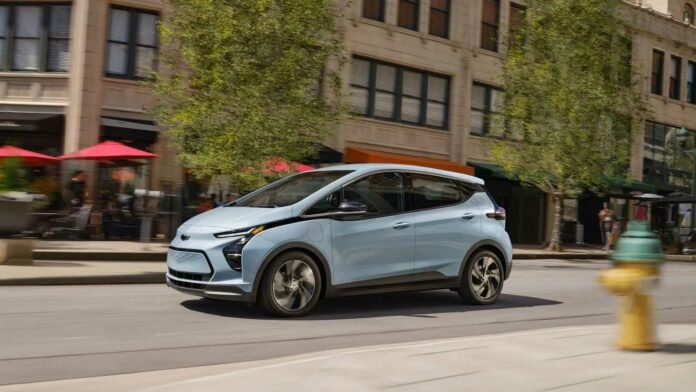According to a recent PTI story, advances in wireless power transfer research have made it possible for electric vehicles (EVs) to be charged wirelessly, much like smartphones, without the need for cords. With electric vehicles on the horizon, the need for cables to charge is expected to disappear—a technology that currently exists for smartphones. Dynamic wireless charging incorporated into highway infrastructure will likely signal this paradigm shift, so it’s not too far off.
In contrast to the concerns expressed by former Australian Prime Minister Scott Morrison on the potential disruption of weekends by electric vehicles, future beach vacations may see the installation of integrated wireless charging infrastructure alongside highways.
Range constraints encountered on longer trips are expected to be addressed with dynamic wireless charging, which enables electric vehicle charging while on the go. Although most electric vehicles have a range of more than 300 km on a single charge, highways with dynamic wireless charging are expected to reduce range anxiety.
This development eliminates the need to buy a more costly electric vehicle with a larger battery for a longer range, which results in huge cost savings because batteries are the most expensive part of an electric vehicle.

Why are EVs so popular?
EVs are appealing not only because they are economical but also because they have the potential to lower greenhouse gas emissions associated with global transportation. But there is still a long way to go before EV adoption becomes commonplace and has a positive impact on the environment. Despite having a reputation for being environmentally beneficial, electric vehicles actually produce more carbon emissions during the production process. This is mostly because the methods used to produce their large, environmentally heavy batteries are quite taxing.
According to one research, a mid-size electric vehicle may produce 8,100 kg of CO2 before hitting the road. However, because of its carbon-free propulsion method, this is offset over the course of the electric vehicle’s lifespan.
The carbon footprint of an electric vehicle’s energy source determines its environmental impact regardless of whether it charges wirelessly or with a cable. When comparing a mid-size EV’s environmental performance to a Toyota Corolla powered by petrol, it is important to consider whether the grid used for recharging is powered by renewable energy sources or coal-fired power plants. The power grid will need to change as EVs become more prevalent on the roadways in order to meet the significant demand for electricity.

Electric cars can require up to 22 kilowatts of power to fully charge, which is far more than most household appliances utilise. Digitalization is necessary for the national grid to evolve in order to handle the complexity brought about by the rising number of electric vehicles and the rising use of renewable energy sources.
A data-driven, AI-integrated network is required for the future grid in order to enable digital communication between scattered generators, consumers, and renewable resources. Amidst these difficulties, artificial intelligence shows promise as a tool for effectively managing complex energy systems. Improving the batteries that run EVs is still a challenge, though.
In addition to being costly and large, current EV batteries are prone to degradation and provide manufacturing sustainability issues, particularly when fast chargers infuse a lot of energy in a short amount of time. In order to address these problems, scientists are investigating methods for recycling EV batteries at the end of their useful lives and disassembling them into components with lower emissions.
Notwithstanding the difficulties, electric vehicle batteries have advantages including vehicle-to-grid technology and bidirectional chargers, which are best demonstrated in South Australia, where some EV drivers already feed energy back into the system. Imagine a time when using an electric vehicle to the store not only pays for your lunch and coffee with energy that is returned to the grid but also serves as a symbol of the rapidly developing field of intelligent and sustainable energy solutions.


